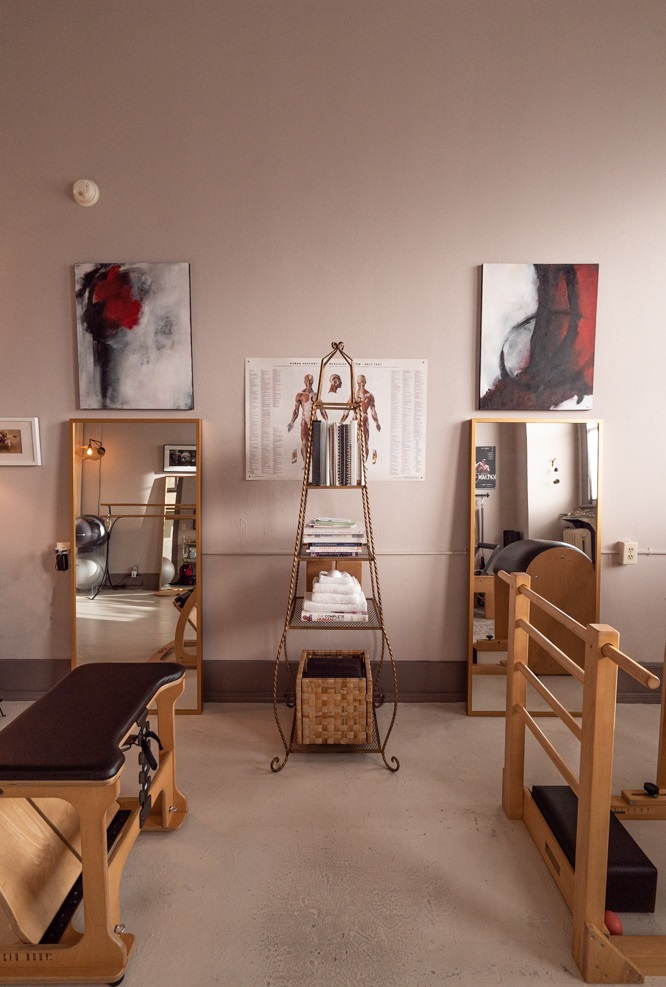FREQUENTLY ASKED QUESTIONS

If you can’t find what you’re looking for below, please feel free to fill out the contact form at the bottom of the page and I’ll get back to you as soon as I can!

FREQUENTLY ASKED QUESTIONS

Frequently Asked Questions
Although there are some similarities between the two, Pilates is a form of exercise that focuses on stabilizing the spine, integrating the core with extension.
In Pilates one moves through exercises, dynamically extending the body as far as possible using resistance, core awareness and breath. In Yoga poses are held in a fixed position.
In Pilates every movement emanates from the core of the body, extending through the limbs. In Yoga one concentrates on the breath first, then shifts focus to deepening a pose. The primary goal of Yoga (aside from proper alignment in the poses) is to stay connected to the breath. In Pilates the primary goal is the precision of movement and then the coordination of that movement with the breath.
Almost everyone, from 16 year-old dancers to active seniors in their 70s. Whether you’re currently fit, out of shape, or even suffering from an injury, a Pilates program can be modified to fit the needs of each client.
Note: Pregnant women should not begin any new type of exercise program without prior consent from your doctor. With a careful approach and a qualified instructor, Pilates can be safely used by pregnant women to strengthen muscles, learn proper breathing and body alignment, improve concentration, and recover body shape and tone after pregnancy.
Yes, there are many excellent books and videos available. However, these resources have one limitation in common: they can’t give you feedback about the quality of your exercises. It is best to start with a Mat class or a few private sessions before practicing Pilates at home.
Apparatus work creates a closed chain feedback loop in which the equipment gives your body information that tells your muscles what they need in order to initiate and maintain correct movement. With mat work it is an open chain feedback loop where less information is given to the body to guide it through the exercises. However, both can provide intense and challenging workouts, and they do complement one another.
Traditionally, mat work was only offered to enhance a client’s apparatus work after they had a good understanding of the fundamentals. Mat and apparatus work are both based on the same fundamental principles.
You may elect one without the other, or both simultaneously, as long as you are healthy and don’t have any major injuries. If you do suffer from injuries or chronic pain that you are unsure of how to address, it’s recommended that you start with a private session before attempting a Mat class. Keep in mind, you will not experience the same kind of individual attention in Mat classes as you might in smaller semi-private or private sessions.
Wear comfortable fitted or loose clothing that allows you to move easily. No shoes. Socks are required. Longer shorts or pants are preferable.
Pilates has proven quite effective in the rehabilitation and post-rehabilitation of injuries. A proper Pilates workout offers gentle and controlled motion with no sudden, jarring actions, minimizing impact on the joints. Make known your physical limitations; exercises can be modified to accommodate your limitations, while continually challenging you. If you commit to a consistent workout schedule you will certainly feel the results. Always check with your physician before starting any fitness or rehabilitation program.